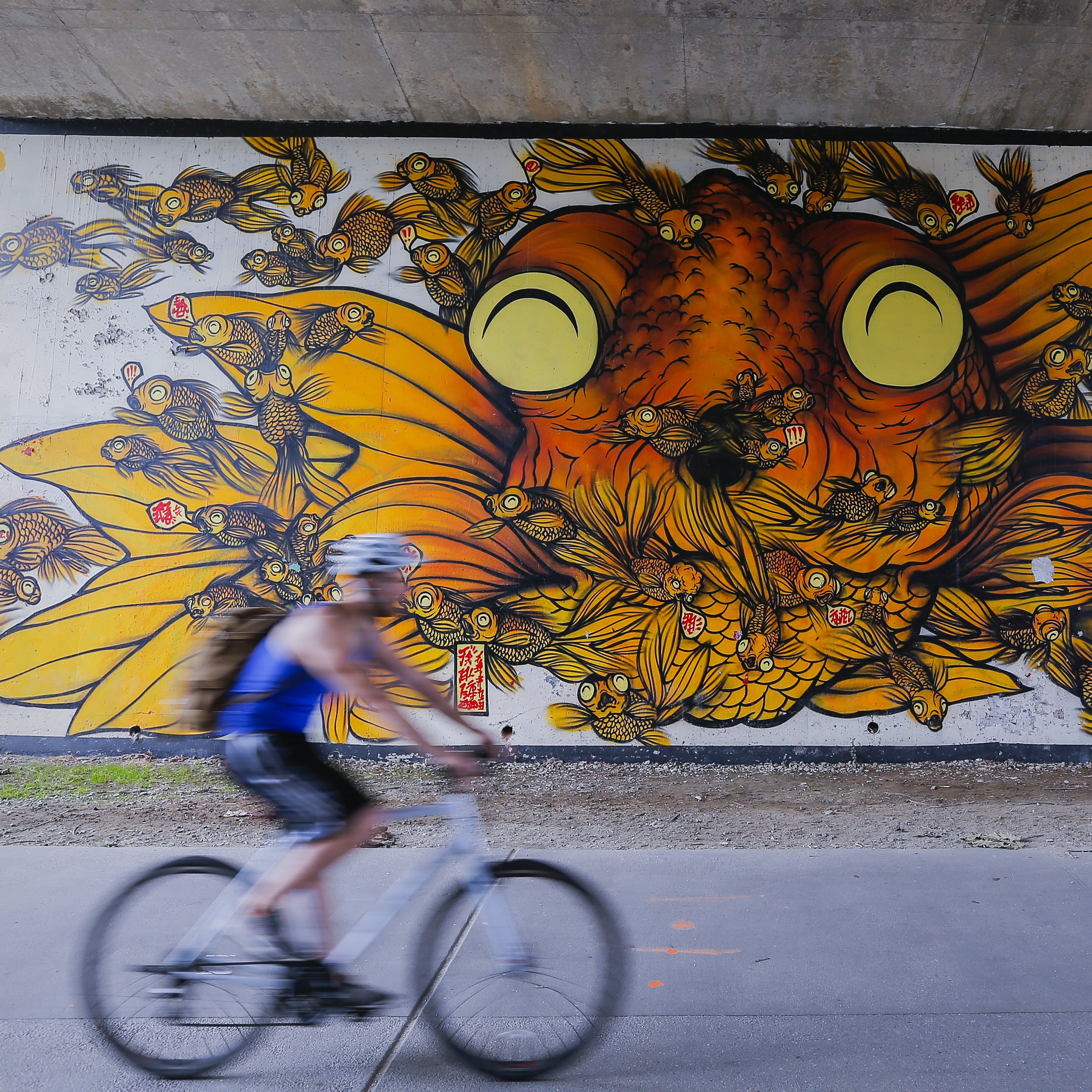To put together our list of the best towns ever, we scoured more than three decades of coverage and created a Special Advisory Council. Those experts came up with a list of the 25 best burgs in the U.S., plus put us on to eight big ideas transforming the places where we play. Presenting a few ways to make some of our favorite spots even better. 
Build Bridges for Animals
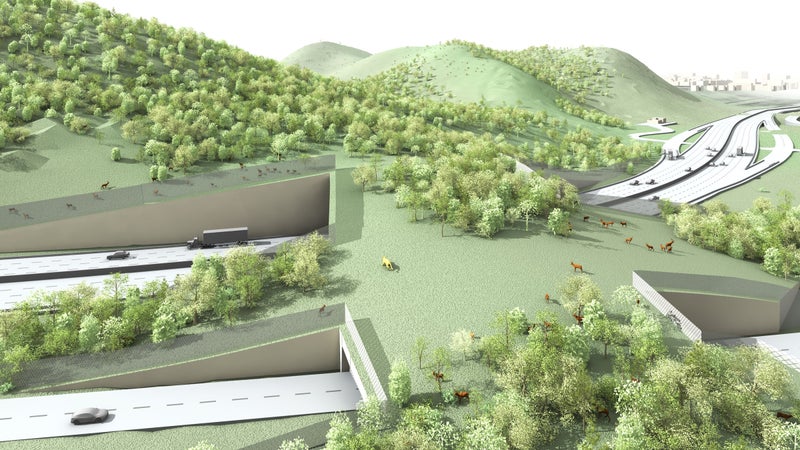
Southern CaliforniaÔÇÖs San Fernando Valley, best known for sprawl and strip malls, is the setting for one of the most ambitious conservation projects in the U.S. will span ten lanes of Highway 101, making it the largest such crossing in the world. When finished, it will enable all kinds of creatures, from lizards to mountain lions, to pass between the Simi Hills and Santa Monica Mountains. ÔÇťBig cats and other species can thrive in relatively small home ranges,ÔÇŁ says Paul Edelman, chief of natural resources and planning for the Santa Monica Mountains Conservancy. ÔÇťBut they need connections between habitats to avoid inbreeding.ÔÇŁ Urban wildlife corridors arenÔÇÖt new, but nobody has tried anything on this scale before. Designed by urban , the project will cost an estimated $50 million to complete and is expected to be open in 2021.┬á
- The bridgeÔÇÖs concrete skeleton will measure┬á165 feet wide. ÔÇťAny narrower and many species wonÔÇÖt feel secure enough to venture across,ÔÇŁ says Edelman.
- The span will be┬átopped with up to four feet of soil to support vegetation and enable cover for burrowing ┬şanimals like gophers┬áand shrews.
- Creating and main┬ştaining habitat on either side of the overpass requires moving 1,000┬átons of soil. The south side presents an especially complicated challenge, with a bypass road and an existing riparian zone located some 45 feet below the highway.┬á
- Vegetation will borrow from multiple ecosystems and include plants that have distinctive scent trails to guide critters across. Planting patterns will strike a┬ábalance between providing cover and allowing ease of movement. ÔÇťAnimals need good sight lines to feel safe,ÔÇŁ says Edelman.
- Eight-foot-tall fences will extend two miles along the highway to help ┬şfunnel animals ┬ştoward the corridor and away from dangerous crossings.┬á
- The biggest bene┬şfactors will be apex predators like bobcats and mountain lions, which are sometimes killed while trying to┬ácross freeways.
Invest in Local Business 

In the current age of serial entrepreneurs and tech-startup incubators, Memphis, Tennessee, is investing in that old-school bedrock of commerce: the small ┬şlocal business. , launched in 2012 as a city-sponsored initiative, provides businesses┬áwith rental assistance, managerial training, marketing services, and┬áa prenegotiated six-month lease for a space. No idea is too small: among the 15 startups supported by the program to date are a cookie shop and a hula-hoop studio. ÔÇťWe launch businesses in clusters, one neighborhood at a time,ÔÇŁ says MemShop fundraising and program director Cynthia Norwood. ÔÇťAll of them go through the training at the same time, and some end up mentor┬şing each other.ÔÇŁ
In 2013, the program helped launch six businesses on historic Broad Avenue, including the , which repairs instruments. ÔÇťThis is a town with a tremendous amount of creativity,ÔÇŁ says the owner, Kevin Ferner. ÔÇťBut there isnÔÇÖt as much capital here as there is in larger cities, so itÔÇÖs challenging for small businesses.ÔÇŁ Like his neighbors, he takes pride in Broad AvenueÔÇÖs turnaround. ÔÇťIt used to be you couldnÔÇÖt walk down this street without a pistol,ÔÇŁ he says. ÔÇťNow weÔÇÖre the anchors of the block.ÔÇŁ
Get More Singletrack
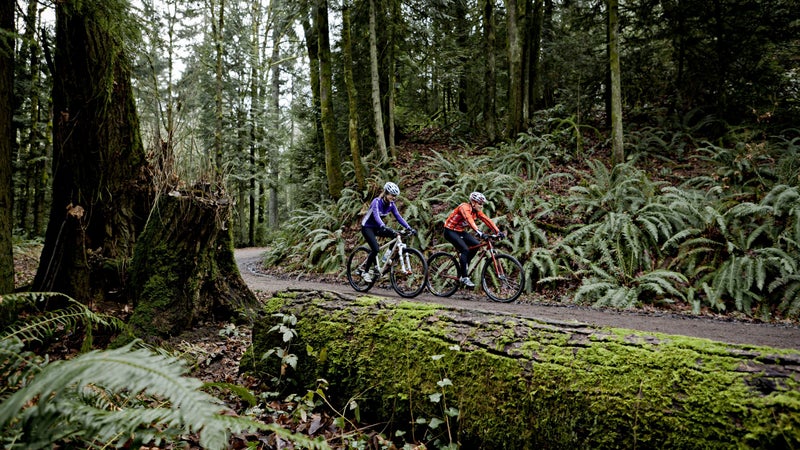
ThereÔÇÖs a crazy notion going around Portland, Oregon: a dirt trail network that traverses the entire city. The calls for the development of a continuous loop that could be as long as 50 miles. ÔÇťIn many cities, the off-road riding happens in a state park or other large public space,ÔÇŁ says Michelle Kunec-North, a program manager for the city. ÔÇťWeÔÇÖre trying to put that approach on steroids, with trails in all 1,425 city-owned properties.ÔÇŁ
The project was launched after surveys revealed that while about 12 percent of county residents had ridden off-road within the past year, municipal planning didnÔÇÖt give the activity the same consideration as less popular sports like tennis and skateboarding. The new master plan suggests a mix of beginner terrain, singletrack, and technical flow trails. Right now itÔÇÖs only a blueprintÔÇöitÔÇÖll take at least two decades to completeÔÇöbut cyclists are focused on the long game. ÔÇťIn 20 years, fast-growing cities like Portland are going to have a lot more people,ÔÇŁ says Nat Lopes, founder of the city has contracted to help develop the project. ÔÇťUnless you plan now for parks and open space, there is going to be a lot less of them.ÔÇŁ
Embrace Public Transportation
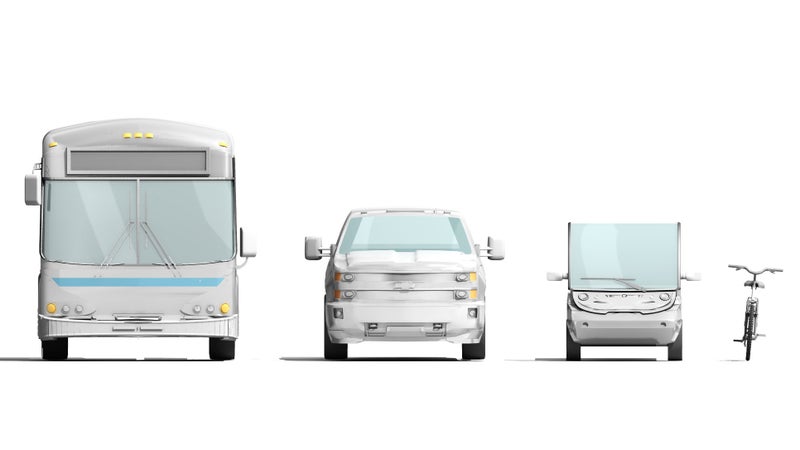
In 1993, the average number of cars on the street in Aspen, Colorado, during peak traffic hours was about 1,100. Fast-forward to today: the resident population has jumped┬á31 percent, tourism is booming, and the average number of cars isÔÇŽ 750. While many mountain towns battle congestionÔÇövehicle miles in Colorado increased by 22 percent from 2000 to 2015ÔÇöAspen remains a unicorn of relatively ┬şuncrowded streets. How? It started with a commitment to free (and frequent) local buses and has only gotten more creative.┬á
- 1,100: Bikes in AspenÔÇÖs bike-share program, We-cycle, which launched┬áin 2013.
- 5: Down┬ştowner electric taxies. The golf-cart-style vehicles, which are equipped with heaters and ski racks, can be hailed with a mobile app.
- $6 million: The cityÔÇÖs annual budget for public transit. Aspen also spent┬á$9.5 million on the central Rubey Park Transit Facility, completed in 2015.
- 9: Vehicles in┬áAspenÔÇÖs hybrid-car-share program┬á
- 1.1 million: Approximate number of people riding the free public buses on local routes around Aspen in 2016. Five million riders use buses in the broader Roaring Fork Valley, the second most for any region in Colorado.  
- 50: Wi-Fi-equipped buses in the Roaring Fork ValleyÔÇÖs rapid-transit fleet.
Woo the Stars
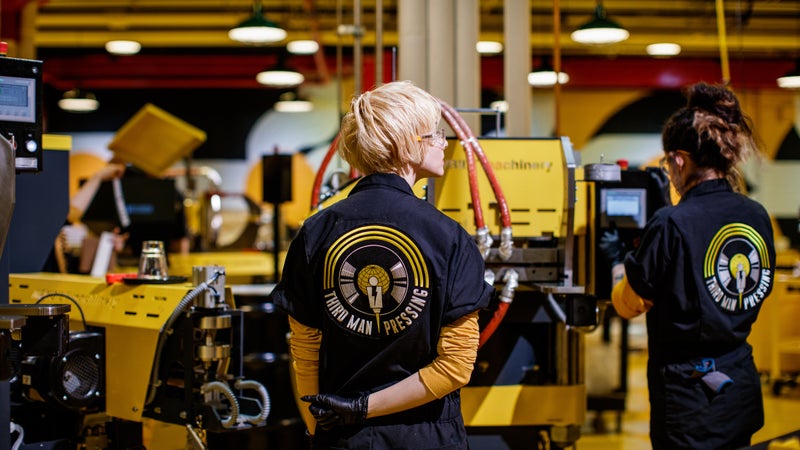
Want to revive your postindustrial city? Ask for help from the famous, wealthy locals who call┬áit their home. ÔÇťWhen cities revitalize, part of the first wave of investment comes from what we call friends and family money,ÔÇŁ explains Peter Chapman, executive vice┬ápresident for the . Detroit should know. In February, ┬şgarage-rock icon Jack White flipped the switch on a new 10,000-square-foot record plant for his label, , adjacent to the record store he opened in late 2015. By flying his brandÔÇÖs flag so publicly in Detroit, White, who was born and raised in the city, has legitimized it as a creative hub.
An even more promising harbinger for Motor City is investment by┬áDan Gilbert, the Detroit-born billionaire ┬şfounder┬áof Quicken Loans. Since Gilbert moved his company to town seven years ago, he has developed huge blocks of real estate, including the landmark building at 1400 Woodward Ave., which heÔÇÖs converting into a 130-room boutique hotel in partnership with upstart watch and leather-goods brand ShinolaÔÇöknown for stamping its wares with Built in Detroit. According to Chapman, that kind of endeavor is what convinced Microsoft to plant a 40,000-square-foot office in Detroit, opening early next year. ÔÇťThey believe Detroit has the talent,ÔÇŁ he says. ÔÇťPeople think this is where the educated millennials are moving.ÔÇŁ┬á
Feed the Fish
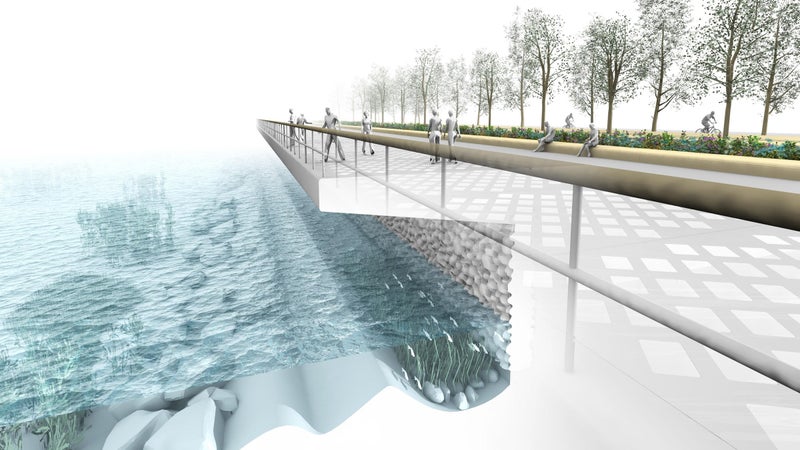
Waterfront is prime real estate. But when Seattle decided to revamp a mile and a half of its decaying naval yard along Puget Sound, the designers factored in the needs of an often overlooked constituency: fish. Chinook salmon are considered a sacred species by the ┬şnative tribes of the ┬şPacific Northwest and have long provided a livelihood (and favorite meal) for many Washingtonians. As a result, , the New York agency behind , ┬şcollaborated with marine biologists to create a seawall and promenade that includes restored habitat for migrating juvenile salmon.┬á
- Salmon prefer to migrate in shallow water. Since the seafloor had been dredged for years to allow passage for large boats, the new design raises the bottom using large sacks of stones.
- While people love walking along waterside overhangs, nearshore ecosystems require abundant direct light. To meet both demands, Field Operations designed a sidewalk studded with a grid of translucent glass blocks that can support tens of thousands of pounds.
- The concrete panels that make up the new seawall are heavily textured, to make it easier for underwater plant life to anchor on, and also feature ledges that help protect fish from predators. 
- Native trees and plants add shade for humans and habitat for birds. They also provide nutrients to the marine ecosystem when vegetation, soil, and insects fall into the water. 
- Storm-water runoff is directed toward the large planting beds, which act as filters, vastly reducing pollutants spilling into the sound.
- Farther offshore, a restored kelp forest offers habitat for marine species like otters, herons, and crabs.
Plant a Seed
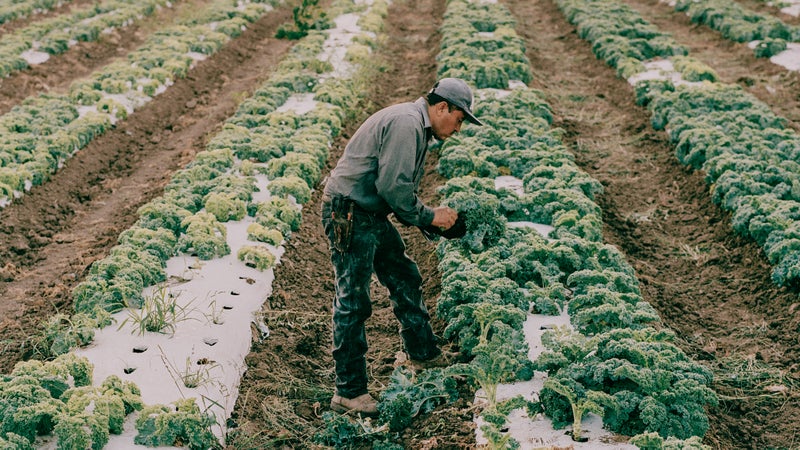
As the , Austin, Texas, is literally consuming its surrounding farmland, with housing developers buying up acres from small farmers cashing in on skyrocketing land values. The dynamic threatens both a rural way of life and the ability to buy local produce in the birthplace of Whole Foods. Now the city government and Austin businesses are responding with a strategy aimed at making this ground zero for urban farms nationwide. 
First, new municipal policiesÔÇölike a 2013 ordinance that allows ┬şfarmers to sell produce on their property and raise fowl, rabbits, and fishÔÇömake it easier to start new growing operations. Second, a wave of young tech-minded ┬şentrepreneurs have created a number of incubators and investment funds to nurture food startups. And organizations like the are fighting to retain surrounding farms that are still determined to feed the city. ÔÇťTwo million people just means more demand for local food,ÔÇŁ says the centerÔÇÖs executive director Sue Beckwith. ÔÇťWeÔÇÖre hoping to create a new industry by better connecting┬árural producers to local markets so they can make enough money to keep their farms.ÔÇŁ
Turn Art┬áinto an┬á║┌┴¤│ď╣¤═°
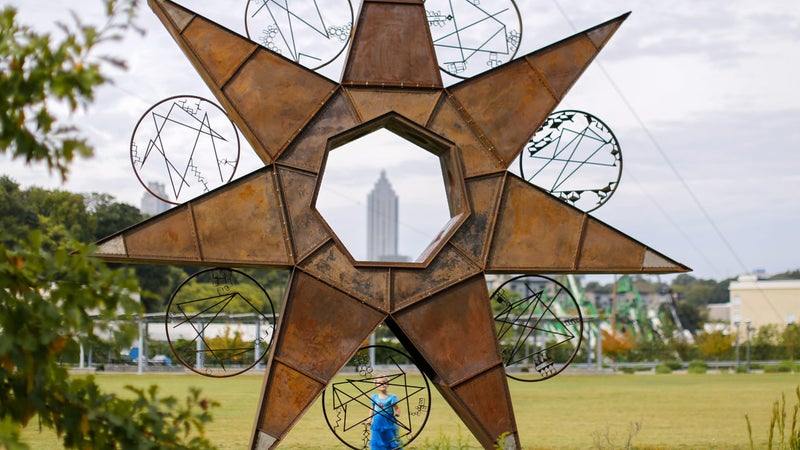
When it was first conceived, AtlantaÔÇÖs was a wildly ambitious project: 22 miles of abandoned railway tracks converted into a biking and pedestrian path that would connect dozens┬áof neighborhoods in a┬ácity thatÔÇÖs long been defined by sprawl and traffic jams. Though itÔÇÖs still a work in progressÔÇösome ten miles have been developed since 2006ÔÇöthe greenway is already . A two-mile section of the Beltline known as the Eastside Trail has emerged as an eclectic outdoor gallery featuring sculptures, murals, and space for performing artists.┬á
ÔÇťMost of the people on the Beltline are walking their dogs or getting groceries or commuting,ÔÇŁ says Elan Buchen, the BeltlineÔÇÖs project manager for art and culture. ÔÇťThey might come across some weird performance or a booth with artists doing haiku fortune telling. Then they keep going, looking for moreÔÇöbefore you know it, theyÔÇÖve walked a mile.ÔÇŁ Meanwhile, the annual Lantern Parade, a music and┬áarts procession staged the first Saturday after Labor Day, has become one of the defining events of the Beltline. ÔÇťAt the first one, in 2010, there were a couple┬áhundred of us,ÔÇŁ says Buchen. ÔÇťLast year we had over 70,000 people.ÔÇŁ┬á


